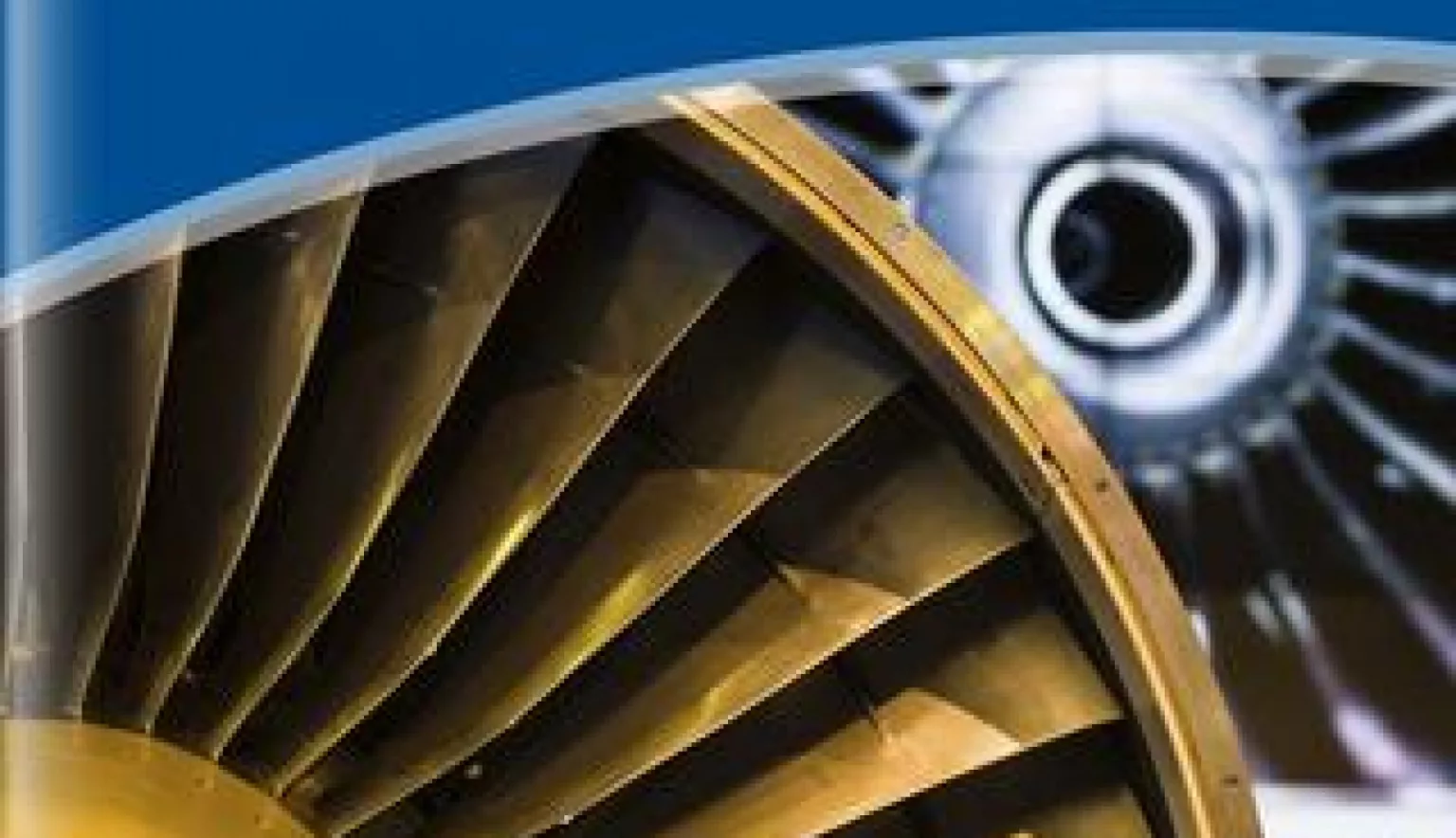The influence of Rolls-Royce in the Asia Pacific region continues to grow year-on-year as its Singapore Seletar Campus lays the foundations for a productive future.
BETTER POWER FOR A CHANGING WORLD
Rolls-Royce is one of the most infamous global names in manufacturing, but never slows in its strive to innovate and improve; a philosophy currently being epitomised by its Asia Pacific division.
Staying true to its vision of providing “better power for a changing world”, Asia certainly adheres to this ethos with emerging markets sitting parallel to some of the most lucrative and forward-thinking countries in the world.
As a consequence, Rolls-Royce Asia Pacific currently comprises a third of the Group’s global turnover through its services in aerospace engineering, assembling Trent engines, manufacturing fan blades for engines, and ship building.
The power systems organisation’s strive for efficiency and operational excellence has been a familiar feature of the Rolls-Royce offering for more than 100 years, and its latest facility additions are set to ensure further tech advancements across the Asian continent.
SELETAR ASSEMBLY & TEST UNIT (SATU)
The Group’s recently unveiled Seletar Assembly & Test Unit (SATU) is not only the most modern Rolls-Royce assembly and test facility for large commercial Trent aero engines, but is also the first of its kind in Asia.
Situated within its wider Seletar Campus, the Unit has been designed to allow simultaneous assembly and testing of the engines under one roof and it will act as a sister site to its production and test facility in the UK, creating additional capacity and a closer proximity to customers in the region.
Opening its doors in 2014, the Unit is already working in tandem with its manufacturing of Trent 900 engines for the Airbus A380, and its Trent 1000 engines for the Boeing 787 Dreamliner, with the facility not even up to full capacity for another two years.
Once it does reach its optimum capabilities, the factory will house the production of 250 large engines a year, incorporating module builds, complete engine assembly and subsequent testing.
The production test bed can accommodate an engine with a fan size of up to 140 inches and 15,000 pounds of thrust, not only confirming the Group as a market leader in the sector as would be expected, but also allowing for further and greater flexibility in the future too.
The site’s link to the Rolls-Royce base in the UK also encourages a series of benefits including the promotion of uniform operations on an international level, and subsequently, its success in attaining Civil Aviation Authority approvals.
“The delivery of the first Trent aero engine produced in Singapore is a significant milestone for us. It represents a huge collaborative effort with colleagues in the UK supporting our team here to ensure that the engine, produced to our exacting standards, was delivered on time,” Paul O’Neil, Director of Seletar Campus at Rolls-Royce said, following the first production of the Group’s first engine at the facility last year.
SELETAR CAMPUS
The 154,000 square metre campus in which the Unit is housed has gone from strength to strength, having been opened with the Unit in mind back in 2012.
Complimenting the Trent Aero Engine Assembly and Test Unit, the area also houses a Wide Chord Fan Blade manufacturing facility and an Advanced Technology Centre (ATC). A Regional Training Centre completes the campus’ array of functions in providing a platform for internal skills development moving forward.
“The Group’s Wide Chord Fan Blade (WCFB) manufacturing facility is the first outside the UK to manufacture hollow titanium WCFBs, a unique capability and technology which has played a key role in the success of the Trent aero engine family,” the company explains on its website. “At full capacity, this facility will produce over 6,000 blades per year.”
The Advanced Technology Centre has played a key role in the Group’s global network of research and technology sites, while also assisting in getting the Trent assembly and testing unit up to optimum speed as quickly as possible.
The company continued: “Four key areas of research will take place in the ATC: materials support technology; computational engineering; electrical power and control systems; and manufacturing technology research.”
Finally, the Regional Training Centre is, again, the first of its kind for Rolls-Royce in Asia, built with a purpose of developing high-value skills and nurturing young talent for the future.
“It is part of the global network of Rolls-Royce training centres, offering the latest technology, equipment and facilities to give customers and employees in the region access to world class training and internationally accredited qualifications,” the company stated.
A GROWING PRESENCE
The overall campus, and especially its new Assembly and Testing Unit, is indicative of Rolls-Royce’s growing influence in the Asia Pacific region, its footprint expanding significantly over the past three years, and laying down the groundwork for even more of a manufacturing presence planned in 2015.
“Rolls-Royce has maintained an office in Singapore since the 1950s and its presence is expanding with the development of Singapore as an international business centre in the thriving Asia Pacific region,” confirmed the company’s website. “Today, Singapore is a key business hub for Rolls-Royce, and all four major business sectors – Civil and Defence Aerospace, Marine and Energy – are strongly represented
“Rolls-Royce plays a significant role in Singapore’s civil aerospace industry…The Group, along with its joint venture partners, employs more than 2,200 people in the city state and accounts for over 15 percent of the country’s aerospace output.”
Also responsible for supplying the Republic of Singapore Air Force, as well as establishing a concerted network of local suppliers, Rolls-Royce’s role in the Asia Pacific region is now a flourishing one.
From its Singaporean base, reaching out to China, India and Australia, the company continues to raise the bar across finance, HR, procurement, communications, skills development, and health and safety to ensure its globally-renowned products are being produced in the best environment possible for its equally reputable, international clientele.





















